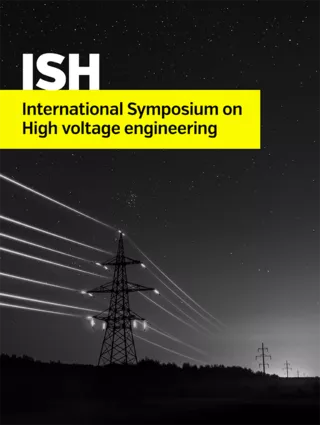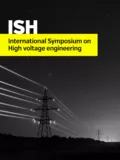Summary
The use of insulated cross-arms have increased over the years, particularly when it comes to refurbishment and upgrading of high voltage overhead lines. These cross-arms are built by a complicated combination of composite insulators which generally are tested individually. To improve the knowledge on flashover performance of complex structures made of composite insulators, a number of typical set-ups were investigated both in different operating conditions and different hydrophobicity conditions. The different set-ups included: horizontal, 45 degree inclination and vertical positioning, both single and double parallel set-ups and finally a triangular non-pivoting cross-arm configuration. For these pollution tests the innovative yet non-standardized Rapid Flashover Clean Fog Test Method (RFO) was used. By this method, the polluted insulator is simultaneously exposed to fog and voltage, where the latter is changed stepwise in order to obtain the minimum flashover voltage. Since it is impossible to obtain a uniform pollution layer on hydrophobic composite insulators a special procedure based on principles described in CIGRE Technical Brochure 555 was applied for pre-conditioning. The test objects were insulators with large diameter designed for 800 kN mechanical class. The test results revealed the following trends: no correction on the operating position of an insulator; correct by 5% down the flashover performance if the insulators are installed in parallel starting from two and up; correct by minimum 10% up the flashover performance of the insulator considered not to lose its hydrophobicity in service.
Additional informations
| Publication type | ISH Collection |
|---|---|
| Reference | ISH2015_263 |
| Publication year | |
| Publisher | ISH |
| File size | 943 KB |
| Price for non member | Free |
| Price for member | Free |
Authors
Mayer Daniel, Koo Ja Yoon, Hrusak Josef, Staubach Christian



